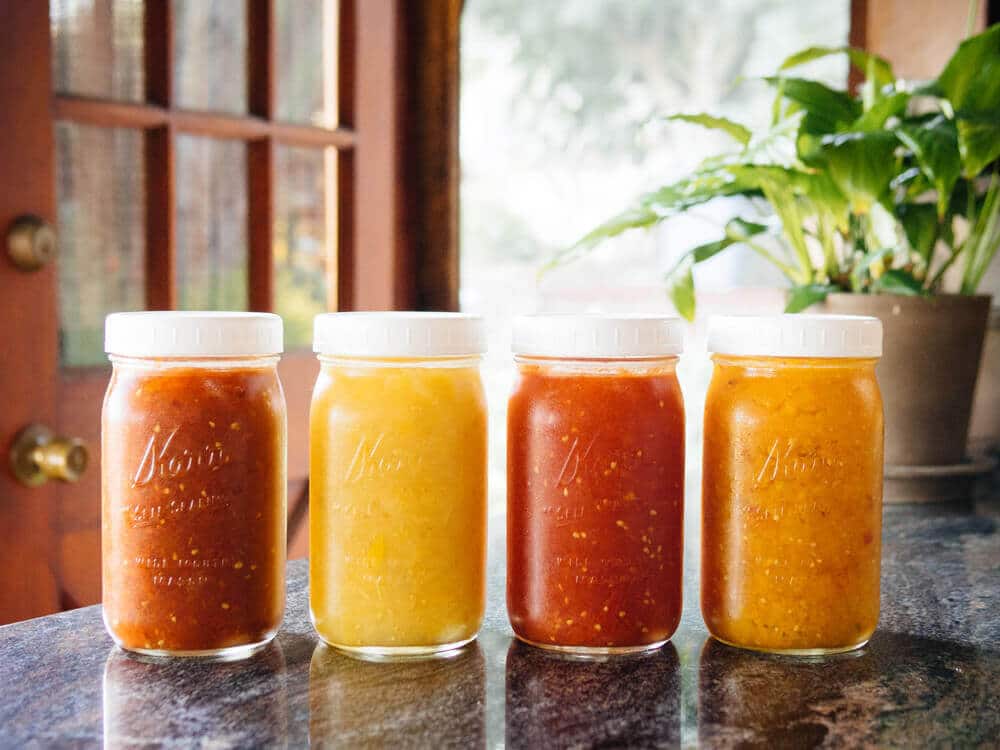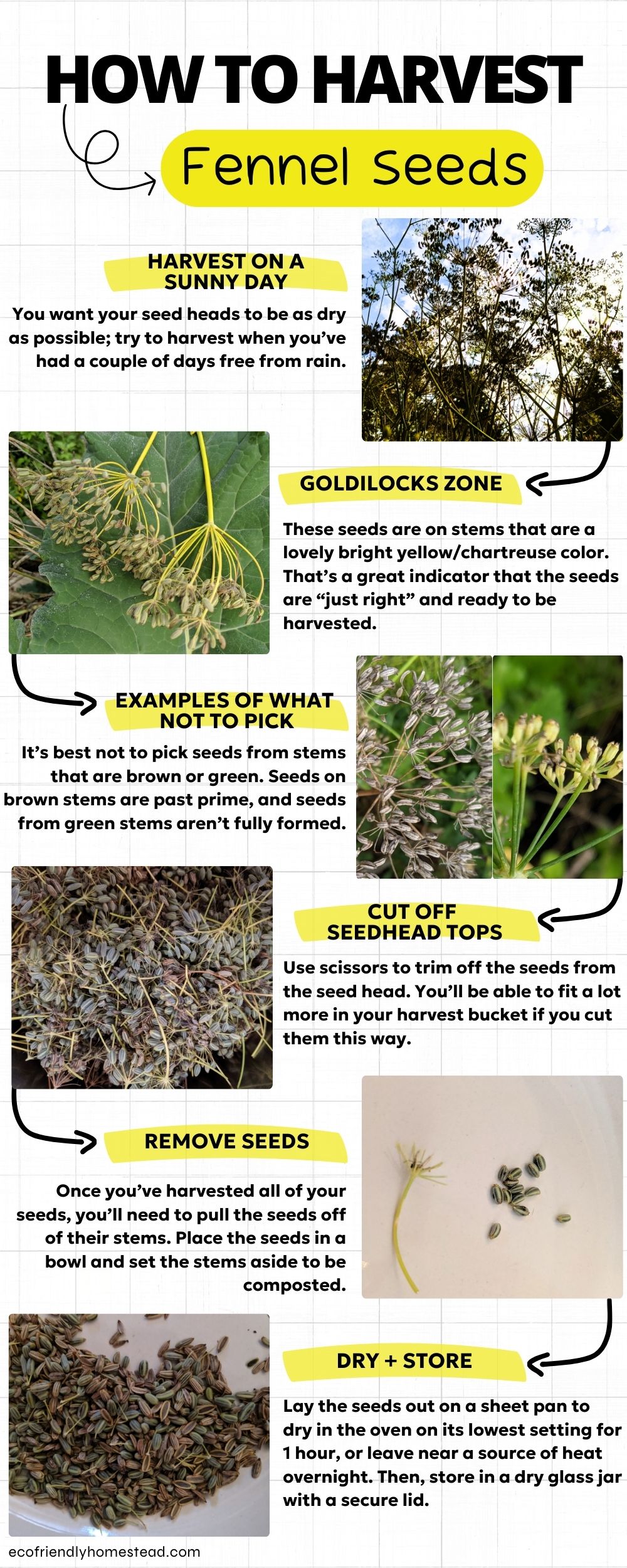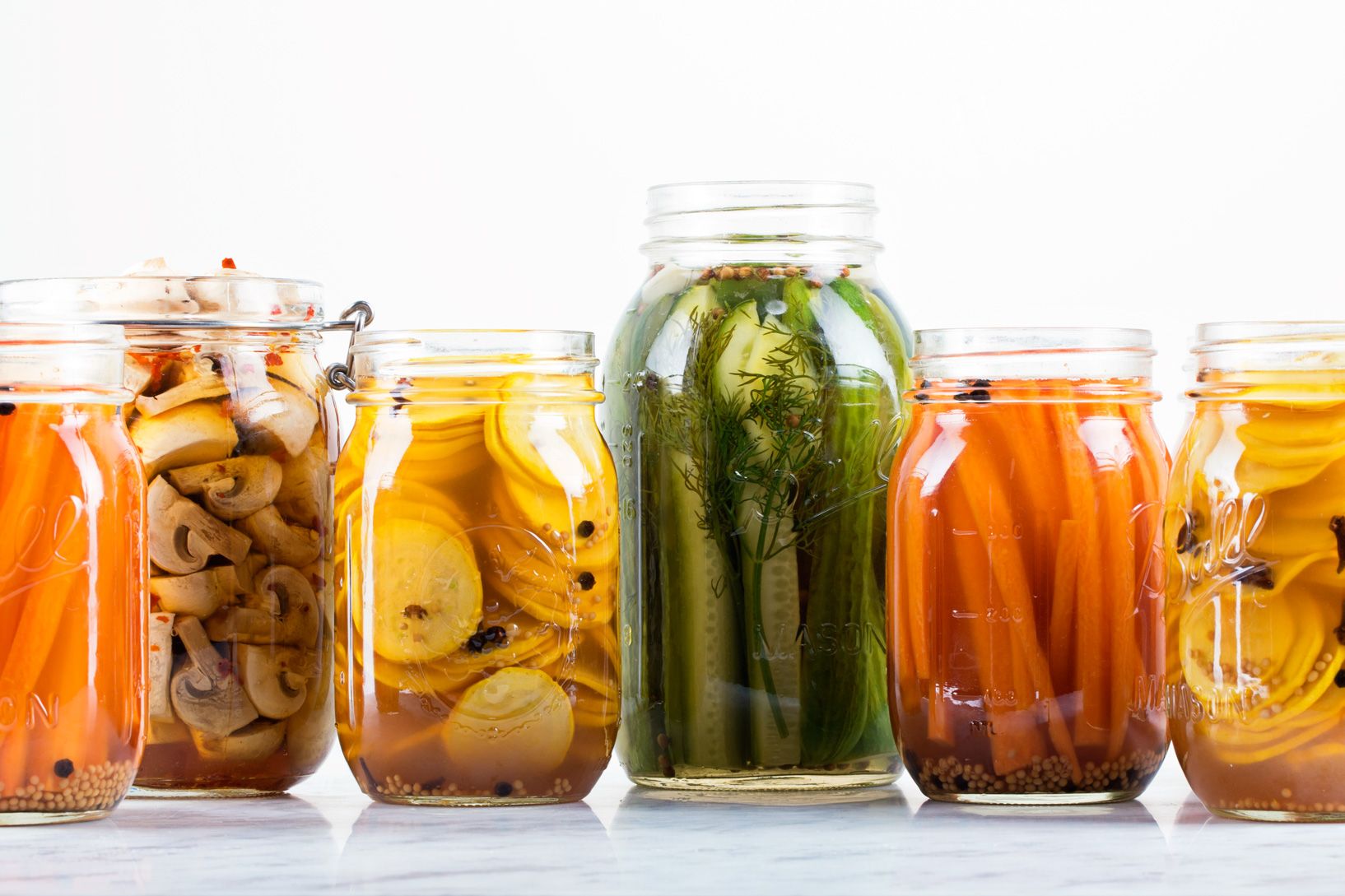Making a delicious tomato sauce from scratch can seem daunting – especially when faced with the prospect of peeling dozens of tomatoes. But with this Easy Peasy Homemade Tomato Sauce (No Peeling Required) recipe, you can say goodbye to the tedious peeling process and hello to a fuss-free, savory sauce that’s perfect for pastas, pizzas, and more.
Crafting a rich and flavorsome tomato sauce doesn’t require hours in the kitchen or fancy equipment. With a few simple ingredients and a bit of know-how, you can produce a beautiful homemade sauce that rivals any store-bought variety.
How to Make Easy Peasy Homemade Tomato Sauce?
Creating your no-peel tomato sauce begins with selecting the right tomatoes and coarsely chopping them. Add a splash of olive oil to a large pot, toss in some finely minced garlic, and let it sizzle just until fragrant. Then, introduce your chopped tomatoes to the mix and stir. Season with salt, pepper, and any desired herbs. Let the mixture simmer for about 60 minutes, occasionally stirring until the tomatoes break down and meld into a sumptuous sauce.
Once cooked, use an immersion blender to puree the sauce directly in the pot until smooth. If you prefer a chunkier texture, simply blend to your liking. Taste and adjust the seasoning as necessary, and voila – your Easy Peasy Homemade Tomato Sauce is ready to be served or stored for future culinary delights!
This method is not only simple but also preserves the nutritional benefits of the entire tomato, skin included. Plus, it allows you to customize your tomato sauce with various herbs and spices to suit your palate.
What Are the Best Types of Tomatoes for No Peeling Sauce?
When opting for a no-peeling tomato sauce, choosing the right type of tomatoes is key. The best candidates are ripe, juicy tomatoes like Roma or San Marzano. These varieties have fewer seeds and a meatier texture, which helps create a thicker, richer sauce. However, you can also use heirloom tomatoes for a more robust flavor or even cherry tomatoes for a sweeter touch.
It’s important to remember that the quality of your sauce heavily depends on the quality of the tomatoes you use. Fresh, in-season tomatoes will always yield the best flavor. If you grow your own or can source them from a local farmers’ market, that’s even better!
How Long Should You Cook the Tomato Sauce for Optimal Flavor?
- The duration of cooking can affect the flavor of your sauce. A shorter cook time, around 30 minutes, will preserve the fresh taste of the tomatoes.
- Simmering your sauce for an hour will deepen the flavors, integrating the garlic, olive oil, and herbs beautifully.
- If you have the time, letting the sauce reduce over a low heat for up to 90 minutes can create an even richer, more concentrated taste.
What Ingredients Do You Need for Easy Peasy Tomato Sauce?
The beauty of this sauce lies in its simplicity. At its core, all you need are tomatoes, olive oil, and garlic. From there, you can add salt and black pepper to taste, and perhaps a pinch of red pepper flakes for a gentle heat. Dried herbs like basil, oregano, or thyme can also be included to introduce aromatic flavors to the sauce.
For those who love a more complex profile, feel free to experiment by adding sautéed onions, bell peppers, or even a dash of balsamic vinegar. The possibilities are endless, and the sauce can be made to match any dish you have in mind.
How to Store Your Homemade Tomato Sauce Safely?
Storing your homemade tomato sauce correctly is crucial to preserving its freshness and preventing spoilage. Once cooled, the sauce can be placed in airtight containers or jars and stored in the refrigerator for up to a week.
For longer storage, you can freeze the sauce. Pour it into freezer bags or containers, leaving some space at the top as the sauce will expand when frozen. Label the containers with the date, and you can enjoy your homemade sauce for up to six months.
What Are the Nutritional Benefits of Tomato Skins?
Tomato skins are often discarded, but they’re packed with nutritional benefits. They are a rich source of dietary fiber, vitamins, and minerals. Additionally, the skins contain a high concentration of lycopene, an antioxidant that has been linked to several health benefits, including reduced risk of certain cancers and heart disease.
By incorporating the skins into your sauce, you’re not only simplifying the cooking process but also boosting your intake of these valuable nutrients.
How Can You Customize Your Tomato Sauce with Herbs and Spices?
Personalizing your tomato sauce with herbs and spices is a great way to tailor it to your taste preferences. Fresh basil, oregano, rosemary, or thyme can bring a vibrant, herbaceous note. For a spicy kick, consider adding crushed red pepper flakes or a bit of cayenne. For a Mediterranean twist, capers, olives, and anchovies can provide a salty depth.
Remember to add herbs towards the end of cooking to preserve their flavor and aroma. When using dried herbs, they can be added earlier in the process as they require more time to impart their flavors into the sauce.
And to enhance your homemade sauce experience, take a look at this helpful video that guides you through the process:
Frequently Asked Questions About Making Tomato Sauce
How Do You Make Tomato Sauce Without Peeling?
You can make tomato sauce without peeling by cooking the tomatoes until they’re soft and then blending them to your desired consistency. This method retains all the nutrients and makes the process much simpler.
Using an immersion blender will create a smooth sauce without the need to peel the tomatoes first, as it effectively purees the skins into the sauce.
Can You Use Unpeeled Tomatoes for Sauce?
Yes, unpeeled tomatoes can be used for making sauce. The skins soften during cooking and can be easily blended into the sauce, adding flavor and nutrients.
Choosing the right type of tomato is important, as some varieties have thicker skins that blend more easily into the sauce.
What Are the Benefits of Tomato Skins?
Tomato skins are rich in lycopene, a powerful antioxidant. They also provide dietary fiber and add texture to your sauce. By including the skins, you’re creating a more nutrient-dense and flavorful sauce.
Moreover, keeping the skins on simplifies the sauce-making process and reduces food waste.
How Long Can You Store Homemade Tomato Sauce?
Homemade tomato sauce can be stored in the refrigerator for up to a week. For longer storage, it can be frozen for up to six months. Ensure proper storage techniques to maintain the sauce’s quality and safety.
What Can You Add to Tomato Sauce for Extra Flavor?
For extra flavor, consider adding sautéed onions, carrots, and celery to create a soffritto base. Anchovies, capers, or a dash of red wine can also enhance the sauce’s depth and complexity.
A variety of herbs and spices can be incorporated depending on the desired flavor profile, making your sauce a unique culinary creation.






This recipe is such a game changer! I love how it ditches the peeling step and keeps things simple and delicious. Plus, knowing that I’m getting all those extra nutrients from the tomato skins is a huge win. Can’t wait to try this out with some fresh tomatoes from the local market. Thanks for making homemade tomato sauce so approachable!